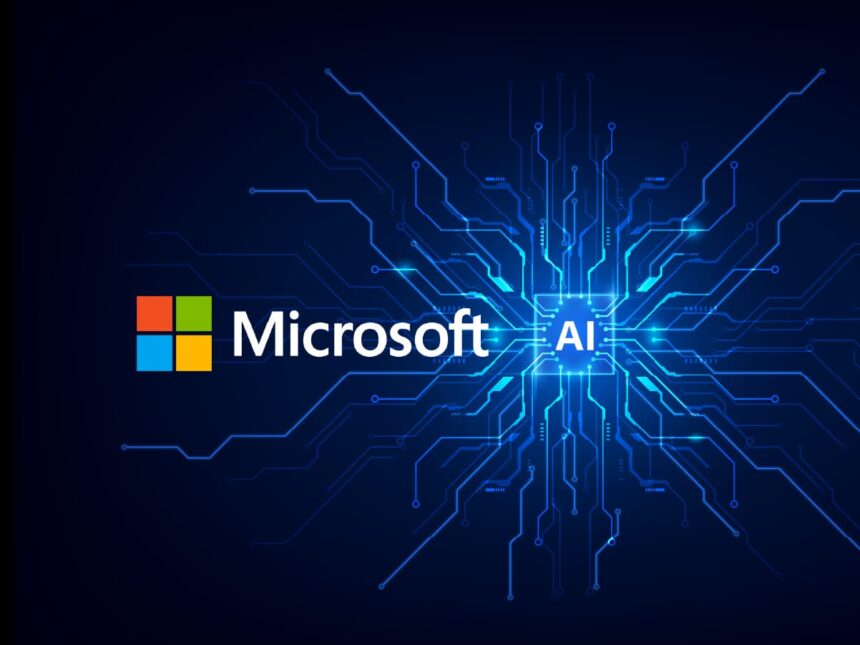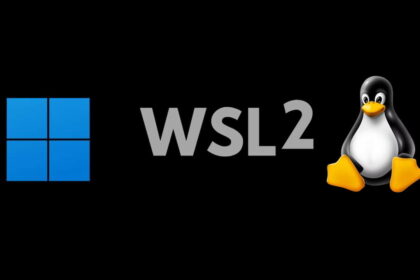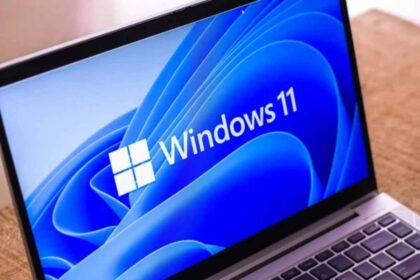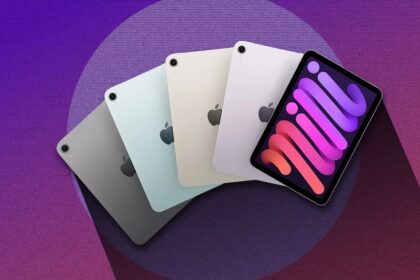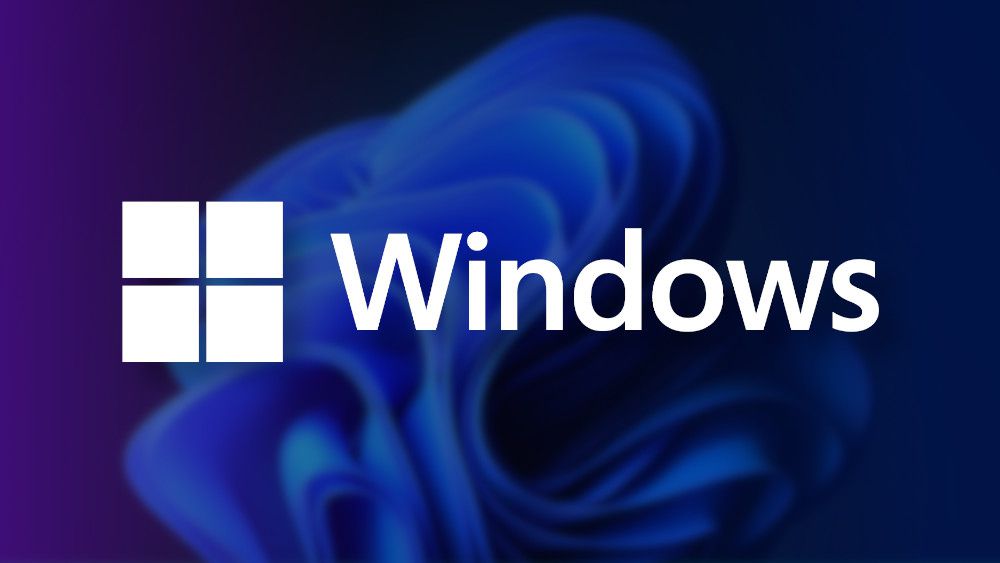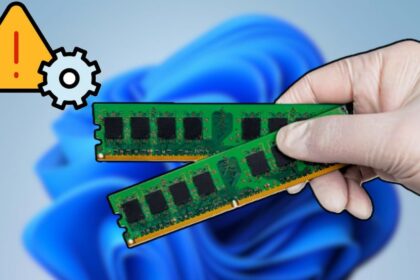In recent years, artificial intelligence has sparked a major transformation in the tech world. What started as a tool used mainly in specialized fields has become part of our everyday lives through countless apps and services.
The influence of AI on society and the global workforce is undeniable, and with it has come growing concern about the future of human jobs in this new AI-driven era. Speaking on this topic, Jon Friedman, Chief of Design at Microsoft, shared his perspective, highlighting the opportunities and challenges the company has faced as it embraces artificial intelligence.
Microsoft design chief talks about changes in human tasks with the arrival of AI
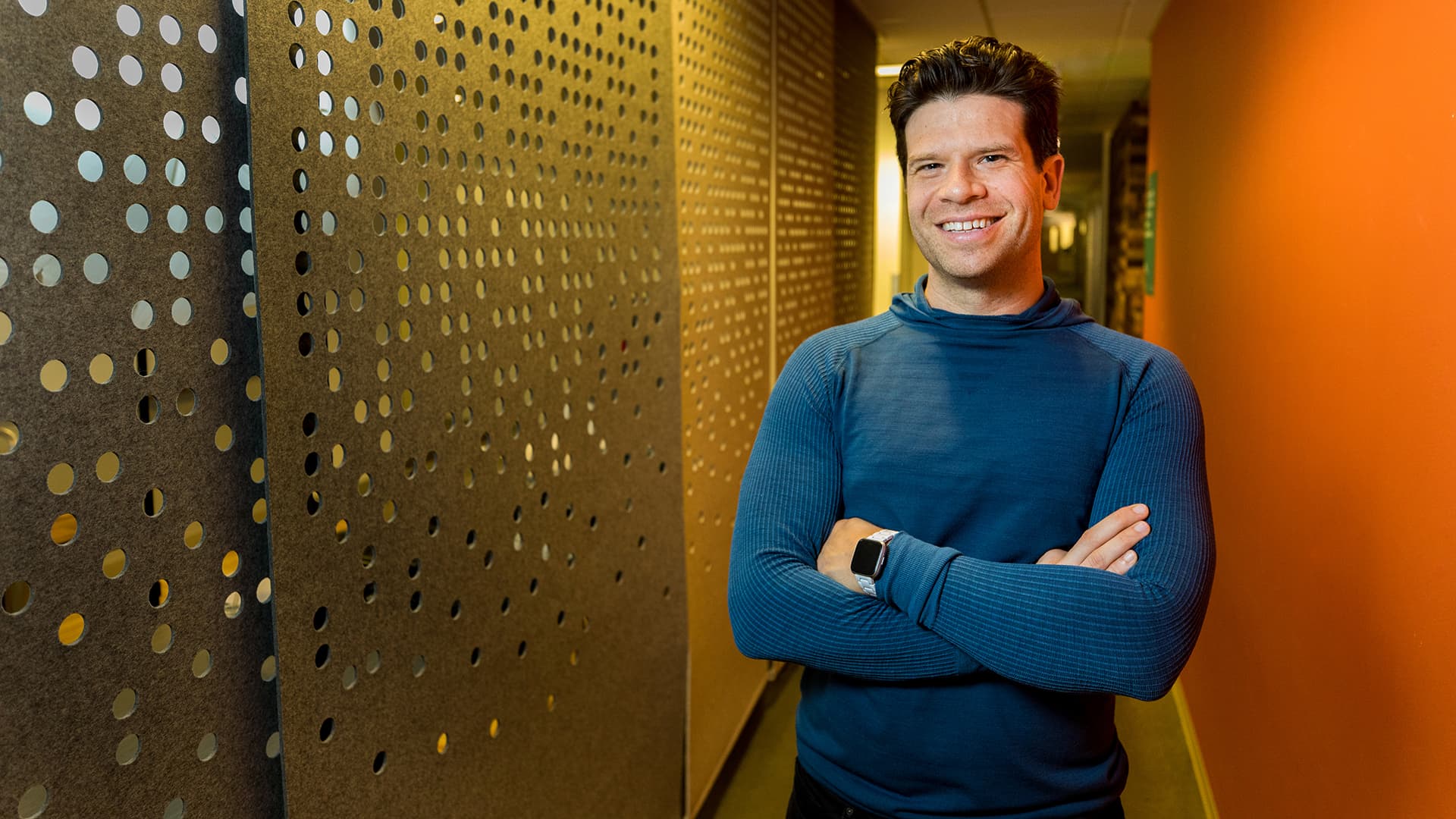
It’s worth noting that all of this insight comes from an interview between Jon Friedman and Tom Warren of The Verge, where Friedman shared numerous thoughts and fascinating details about Microsoft’s evolving approach to artificial intelligence.
Since 2019, Jon Friedman has led efforts to reshape Microsoft’s vision, aiming to unify the company’s hardware and software experience. While that was initially the core mission, the rapid rise of AI has shifted the focus—not just for him, but for many across Microsoft.
In his conversation with The Verge, Friedman reflected on the company’s transformation. He acknowledged that the shift has been dramatic, but also filled with opportunity. Microsoft had to rethink its priorities, figuring out how to use these powerful new tools to help people connect more intuitively with technology—and get more out of it.
According to Friedman, the team quickly realized just how much they could accomplish—and how fast. He admitted that even his own role has evolved significantly in recent months. Beyond being the head of design, he’s now taken on responsibilities similar to a chief product editor, showing how AI is reshaping roles across the board.
Microsoft has made it clear that AI is central to its future, both for consumers and businesses. We’ve already seen this in the development of custom AI agents and AI-powered apps. But in order to support this future, the company had to overhaul its design systems to keep up with the demands of a rapidly shifting landscape.
Friedman also pointed out that designers, like many professionals, are learning to embrace AI as a creative tool—much like how Adobe’s suite has integrated AI into its software. Rather than doing everything from scratch, creatives are now exploring ways to collaborate with AI. Still, this new direction brings uncertainty.
Many in the creative industries—advertising, film, gaming, and more—have voiced concerns about the growing role of AI. Some fear it could diminish or even replace human creativity, leading to movements that push back against using AI in artistic fields.
Friedman acknowledged another challenge: it’s becoming increasingly difficult to tell when AI has been used to generate visuals. In fact, he revealed that a recent Microsoft Surface ad—released in 2022—was made using generative AI.
The design team created multiple still images of Surface devices in various settings, then used AI to animate and transform them into a full 55-second commercial, which has been available on YouTube for some time.
His broader vision is that AI will become a standard part of the designer’s toolkit. Rather than replacing human creativity, it will enhance it, helping creators express their ideas faster and more effectively. But he’s also candid: this evolution comes with a degree of internal conflict. Even he admits to feeling unsure at times about where he stands in the broader debate around AI’s role in creativity and work.
Still, he understands the concern. With AI becoming more powerful and widely adopted, it’s natural to fear that certain jobs could disappear or change radically. The future remains uncertain, but for now, Microsoft and Friedman are choosing to view AI as a tool for empowerment, not replacement.
